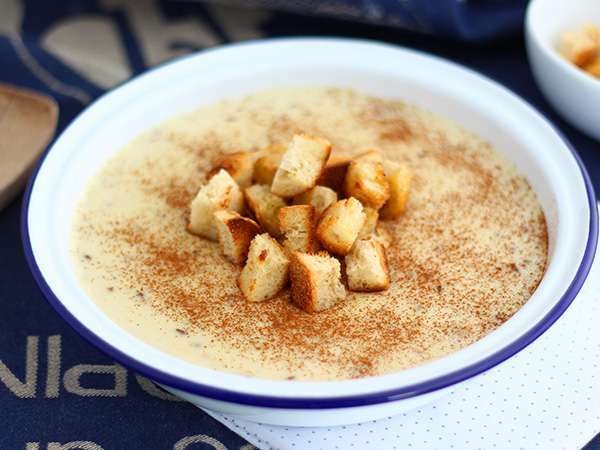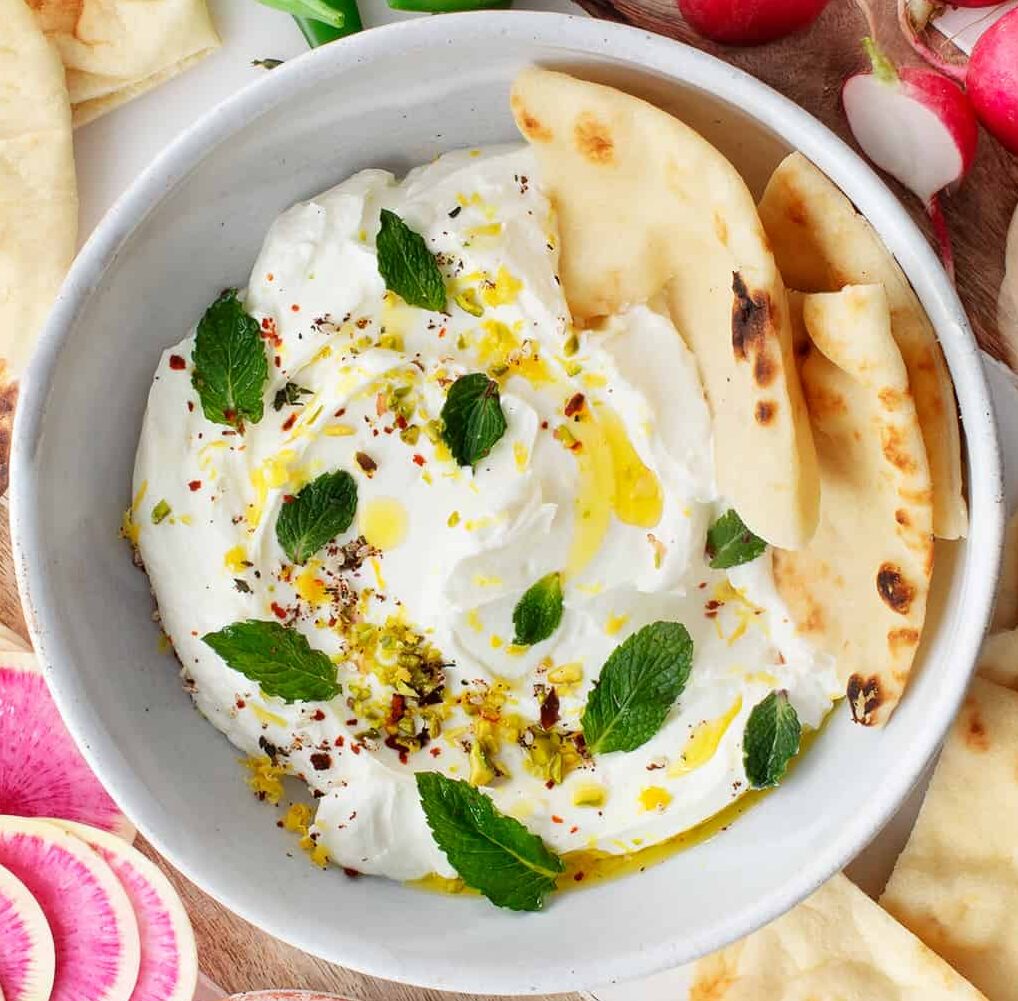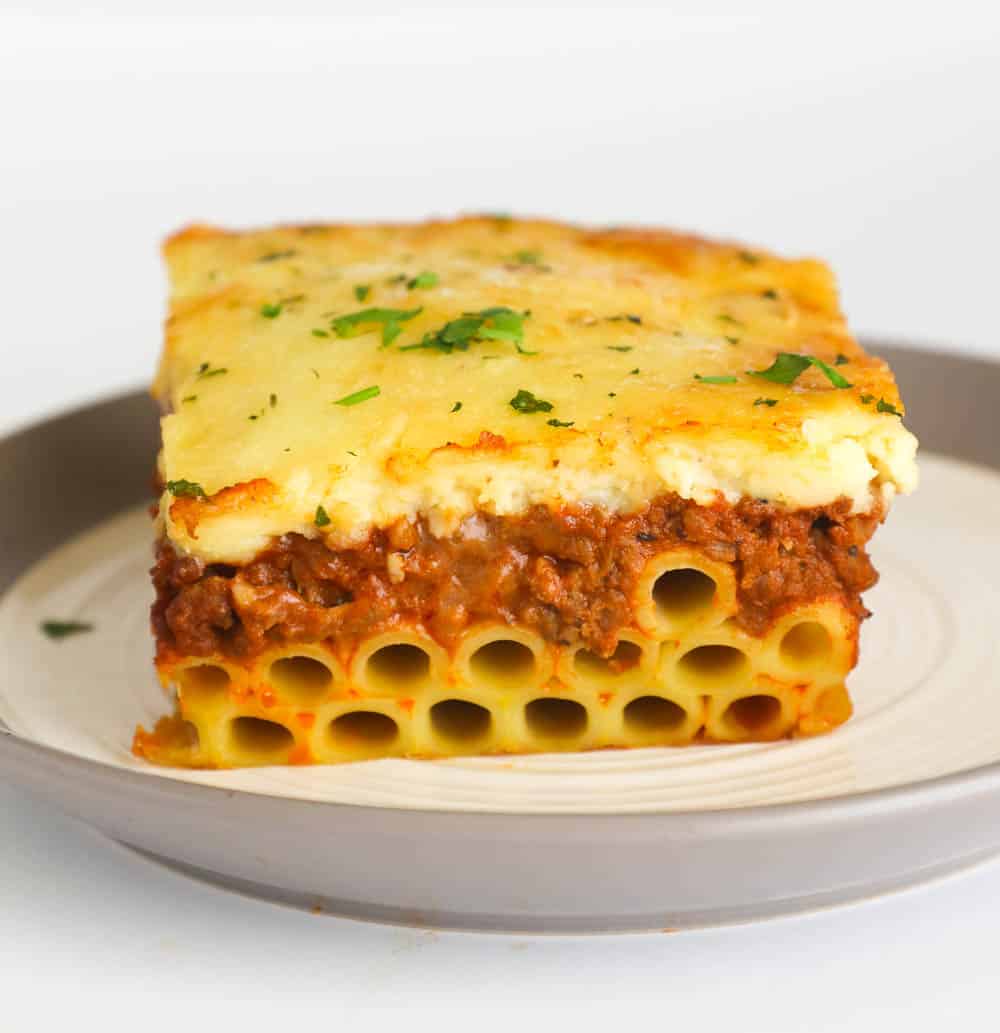Gachas is a traditional Spanish dish that has been enjoyed for centuries. This humble and comforting dish consists of a simple porridge made from grains, typically wheat or cornmeal, cooked with water or milk and flavored with various ingredients. Gachas has deep roots in Spanish culinary history, and its versatility allows for different regional variations. In this article, we will explore the origins of Gachas, its key ingredients, and provide you with a recipe to make your own delicious Gachas at home.
Origins of Gachas:
Gachas can be traced back to ancient times when grains were a staple food in many cultures. In Spain, Gachas has been prepared for generations as a hearty and nourishing dish, particularly in rural areas. It was often consumed by shepherds and farmers who needed a filling meal to sustain them throughout the day. Over time, Gachas became part of the culinary traditions of various regions in Spain, each adding its own twist to the recipe.
Key Ingredients and Preparation:
The basic ingredients for Gachas include:
- Grains: Gachas can be made with different types of grains, but the most common choices are wheat or cornmeal. Wheat Gachas (Gachas de Trigo) are made with cracked wheat or bulgur, while Cornmeal Gachas (Gachas de Harina de Maíz) use cornmeal or polenta. The choice of grain will impact the texture and flavor of the dish.
- Liquid: Gachas can be prepared with either water or milk, depending on personal preference and regional variations. Using milk will result in a creamier and richer porridge, while water creates a lighter consistency.
- Seasonings: Gachas can be flavored with a variety of ingredients. Some common additions include olive oil, garlic, spices (such as cinnamon or nutmeg), and salt. The specific seasonings used may vary depending on the region and personal taste.
- Toppings: Gachas can be served plain or garnished with a range of toppings. Traditional options include diced cured meats, such as chorizo or ham, fried or poached eggs, roasted vegetables, or even sweet additions like honey or sugar.
Recipe for Gachas:
Here’s a basic recipe for Gachas de Trigo (Wheat Gachas) that serves approximately 4-6 people:
Ingredients:
- 1 cup cracked wheat or bulgur
- 4 cups water or milk
- 2 tablespoons olive oil
- 2 cloves of garlic, minced
- Salt to taste
Optional toppings:
- Sliced cured meats (chorizo, ham, etc.)
- Fried or poached eggs
- Roasted vegetables
- Fresh herbs (parsley, cilantro, etc.)
Instructions:
- In a large saucepan, heat the olive oil over medium heat. Add the minced garlic and cook until fragrant and golden brown.
- Add the cracked wheat or bulgur to the saucepan and stir well to coat the grains with the garlic-infused oil.
- Pour in the water or milk, stirring continuously to prevent any lumps from forming. Bring the mixture to a boil.
- Reduce the heat to low and simmer gently, stirring occasionally, until the grains are tender and the mixture has thickened to a porridge-like consistency. This usually takes around 20-30 minutes, but cooking times may vary depending on the type of grain used.
- Season the Gachas with salt to taste, adjusting the amount according to your preference.
- Remove the saucepan from the heat and let the Gachas rest for a few minutes before serving.
- Ladle the Gachas into bowls and add your desired toppings, such as sliced cured meats, fried or poached eggs, roasted vegetables, or fresh herbs.
- Serve the Gachas warm and enjoy this comforting Spanish dish.
Gachas is a versatile dish that can be adapted to suit individual tastes and dietary preferences. Feel free to experiment with different grains, seasonings, and toppings to create your own unique version of this traditional Spanish comfort food.
In conclusion, Gachas is a beloved dish in Spanish cuisine, known for its simplicity, nourishment, and heartwarming flavors. Whether enjoyed as a hearty breakfast, a satisfying lunch, or a comforting dinner, Gachas remains a symbol of tradition and a testament to the culinary heritage of Spain. Give this recipe a try and savor the flavors of this timeless Spanish dish in the comfort of your own home.





